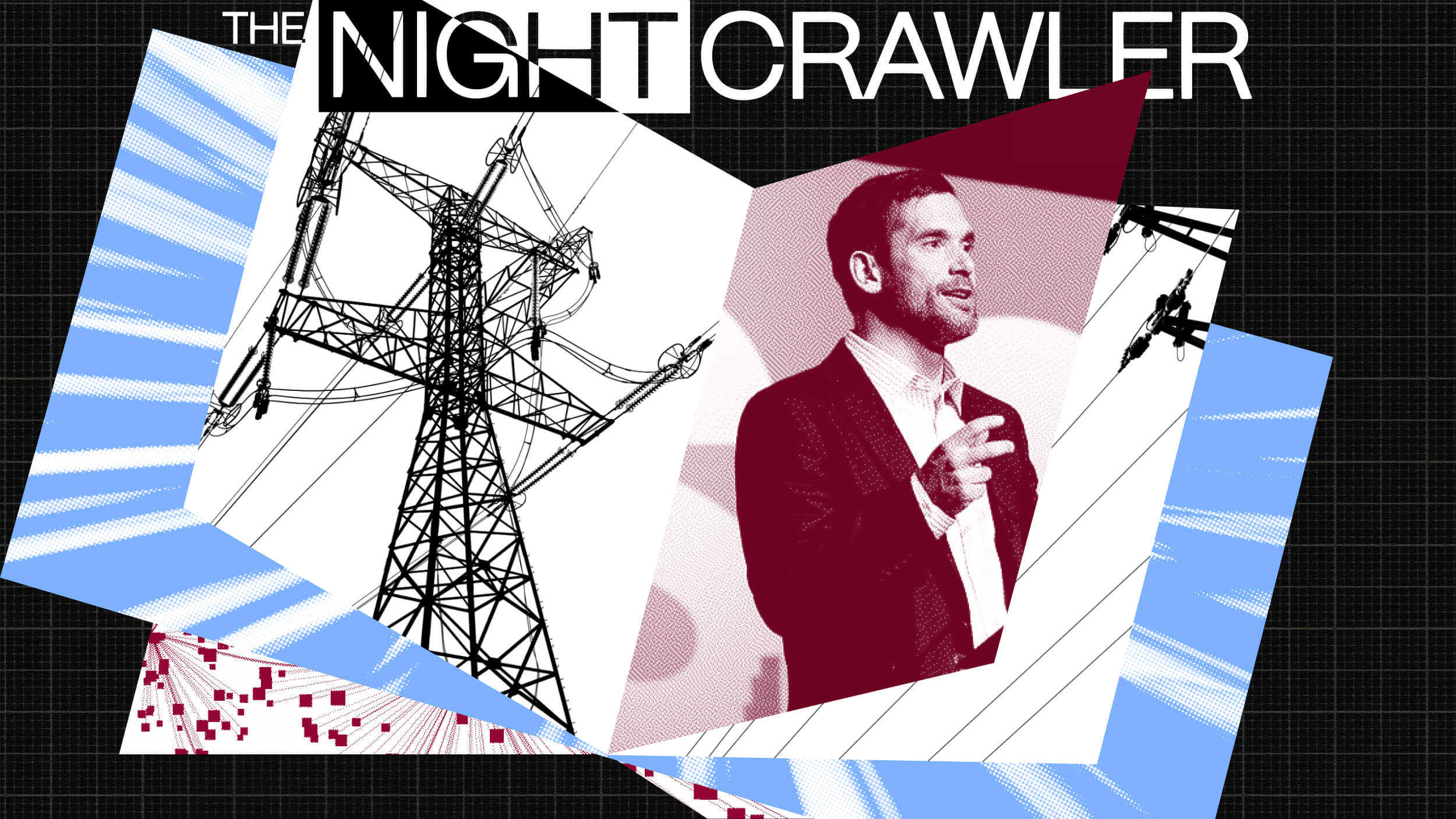People who constantly complain are harmful to your health

Photo credit: Getty Images / Stringer
Could you give up complaining for a whole month? That’s the crux of this interesting piece by Jessica Hullinger over at Fast Company. Hullinger explores the reasons why humans are so predisposed to griping and why, despite these predispositions, we should all try to complain less. As for no complaining for a month, that was the goal for people enrolled in the Complaint Restraint project.
Participants sought to go the entirety of February without so much as a moan, groan, or bellyache.
The most obvious reason for striving to complain less is that griping is bad for you: “When we complain, our brains release stress hormones that harm neural connections in areas used for problem solving and other cognitive functions. This also happens when we listen to someone else moan and groan.”
Hullinger quotes Jon Gordon, author of the 2008 book The No Complaining Rule, as saying the harms of complaining are comparable to secondhand smoke. Being a Negative Nancy in the office is not unlike chain smoking at your desk. For Gordon, both are unacceptable. He doesn’t want the other members of his office to have to breathe in the offensive fumes of an employee’s gripes.
At the end of Hullinger’s piece are several tips for moving away from constant complaining and rethinking the impulses that lead to such discontent. The best advice is to separate yourself from chronic complainers who can only make themselves happy by bringing down other people with their dissatisfaction.
Read more at Fast Company.





